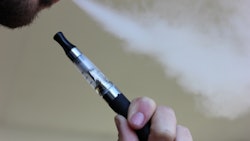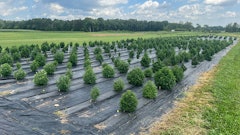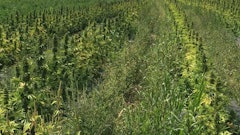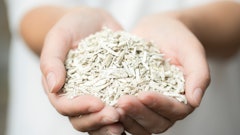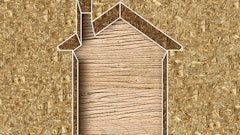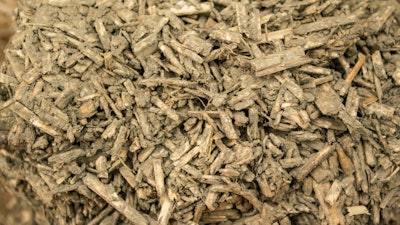
At Texas A&M University,
researchers are working on a plan to “3D print new resilient buildings using
hempcrete,” according to the Texas A&M Today.
The U.S. Department of Energy AdvancedResearch Projects Agency-Energy (ARPA-E) Harnessing Emissions into StructuresTaking Inputs from the Atmosphere (HESTIA) program, gave $3.74 million to fund the project, which has the
potential to increase the availability of affordable housing and “lower the
environmental impact of traditional construction methods,” the news outlet
reported.
Hempcrete (hemplime) is made
from a “mixture of hemp hurd with a lime-based binder that creates a
‘monolithic wall system,’… to be used as a material for construction and
insulation,” Cannabis Business Times previously reported.
RELATED: How Sustainabilityis Driving the Hemp Building Industry in Europe and the U.S.
Hempcrete is also a
sustainable building material, as the plant has carbon-sequestering properties.
“While production of
conventional construction materials such as concrete requires large amounts of
energy and releases large amounts of CO2, hempcrete
is a net carbon-negative material, which can provide major environmental
benefits,” said Petros Sideris, assistant professor in the Zachry
Department of Civil and Environmental Engineering, who is leading the project
as the “principal investigator to develop residential and potential commercial
construction designs.”
Hempcrete is also water- and
fire-resistant and has thermal insulating properties, which can lower heating
and cooling costs, according to the news outlet.
As previously reported
by CBT, the U.S. Hemp Building Association(USHBA) submitted hempcrete
insulation for certification in U.S. building codes earlier this year.
For insulating materials to
be considered for certification by the U.S. building codes, “you need to prove
your insulative ability, as well as your fire-spread,” Jacob Waddell, USHBA president,
told CBT in February.
Waddell said USHBA did a
fire-spread test on hempcrete, and it scored close to zero.
Editor’s note: A
“fire-spread” test, also referred to as the American Society
for Testing and Materials [ASTM] E84, is used to assess the burning behavior of building material used for
interior walls and ceiling finishes. Results of these tests are measured by
Flame Spread Index (SFI) and Smoke Developed Index (SDI), and each building
material is given a standard class based on the results, according to Applied Lab. A flame spread score of 0-25, also known as Class 1
or A, means the building material will adequately restrict fire spread. In this
case, the score of zero for hempcrete insulation is preferred, compared to
maple wood, which scored 104 (Class C or 3) based on this chart.”
At Texas A&M University,
researchers will 3D print new buildings using hempcrete, which will be “created
to achieve structural and energy performance that will comply with modern
design codes,” the university’s news outlet reported.
“The advancements of this
project will contribute to the U.S. maintaining its worldwide leadership in
advanced construction methods and infrastructure sustainability and resilient
technologies," Sideris said.











